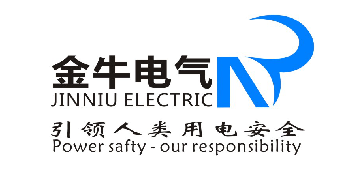
Arrester Response to Overvoltages
The number one goal of an arrester is to protect valuable equipment by shunting surge current to ground and limiting the resulting voltage. Understanding how an arrester reacts to various overvoltages is a key arrester fundamental. It should be known that arresters can protect against various surge conditions including front-of-wave (also known as fast rising), lightning and switching surge events. On the other hand, arresters have no impact on controlling power frequency overvoltages. Arresters actually have to ride through or try to survive these events.
Residual Voltage
Next is protective levels or in the case of an arrester, residual voltage. This is the voltage an arrester limits a surge to under specific conditions. It is also the voltage seen by line equipment. It’s important to ensure the protective margin for vital equipment is at least 15-20%, depending on the type of insulation.
Temporary Overvoltage
Temporary overvoltage or TOV is another key arrester parameter. This is the overvoltage capability an arrester can handle during power frequency events. These are much longer in duration when compared to surge duty. In short as the duration of a TOV event increases an arresters TOV capability decreases.
Insulation Withstand
Next is insulation withstand. This is a key power system characteristic; however, it often causes confusion with arresters. The inherent nature of the MOV blocks inside a surge arrester limits the voltage and prevents an arrester from ever reaching a point where an external flashover could occur. A rare scenario where an arrester could flashover could be a coastal site with heavy salt deposits or an installation adjacent to a factory with frequent particulate pollution.
Creepage Distance
Creepage distance is an important characteristic for various electrical equipment. In summary it is the string line distance from the line-to-ground end of an arrester. Creepage distance selection is addressed in the IEC standards with the Light, Medium, Heavy, and Very Heavy pollution classes.
Altitude
Altitude is an important consideration for all electrical devices. Naturally as altitude increases the density of air decreases. This ultimately lowers the dielectric withstand strength of air, which is the natural insulator for an arrester. For example, the IEEE and IEC arrester standards only apply to arresters installed up to 1,000 meters or 3,281 feet. Rest assured, that most arresters can operate at altitude up to and even above 3,600 meters or 12,000 feet.
Arrester Field Testing
Field testing is a highly discussed topic that can be quite useful in monitoring the performance of installed arresters. All arresters manufactured by Jinniu undergo 100% routine electric testing according to applicable IEEE and IEC standards prior to shipment. In this regard field testing before installation is not required. Once installed Jinniu recommends thermal imaging in accordance with the NEMA field guide.
Arrester End of Life
Last, but certainly not least, the end of life for an arrester must be considered. In short when an arrester overloads it reacts as a short to ground. The resulting pressure must be relieved in a safe and reliable manner. This is a critical topic because it can impact neighboring equipment, the safety of line crews, and the general public.






